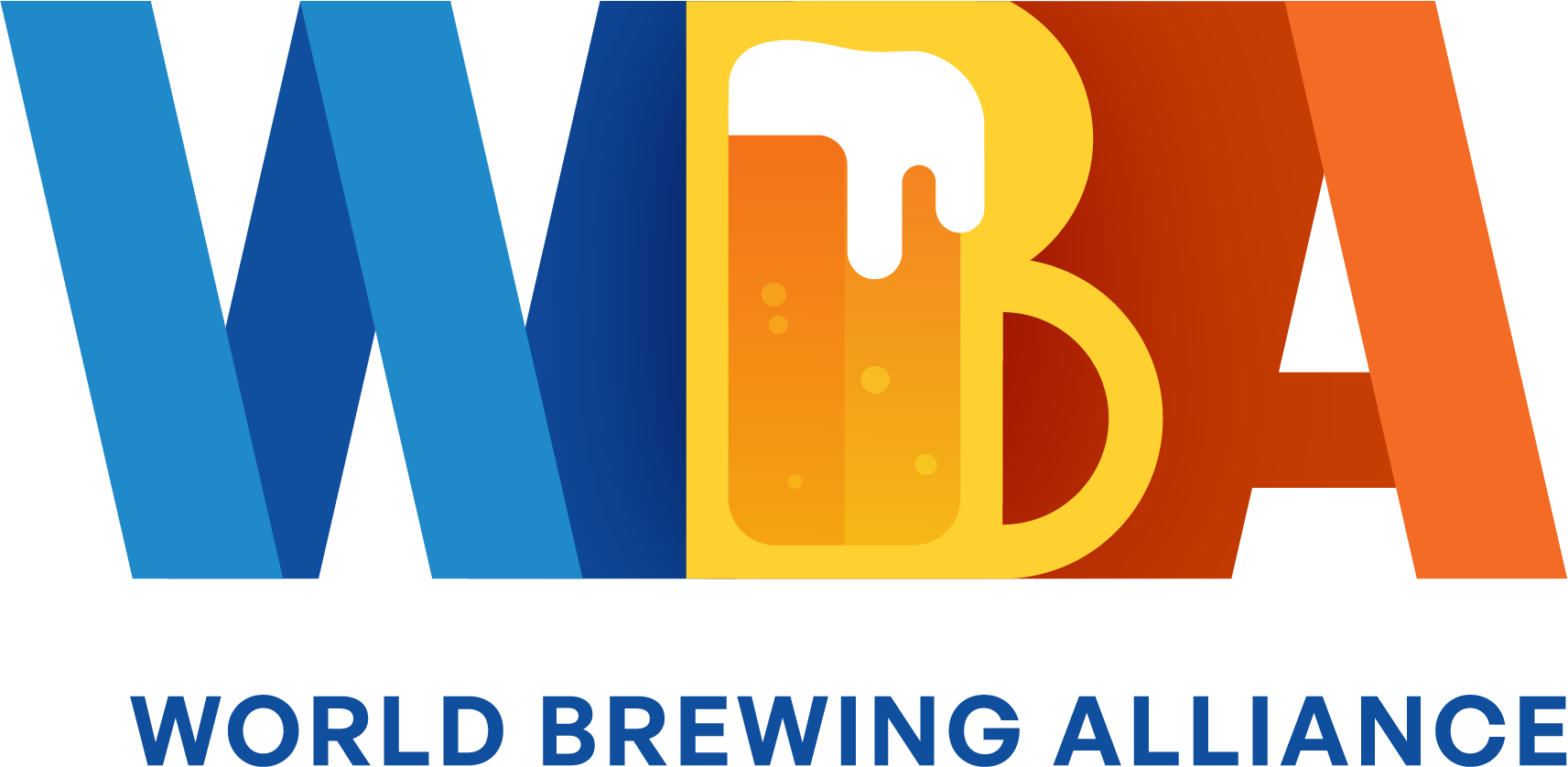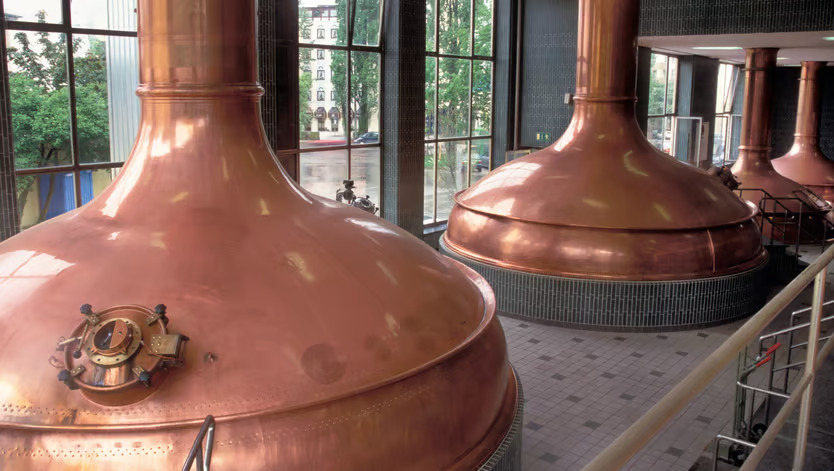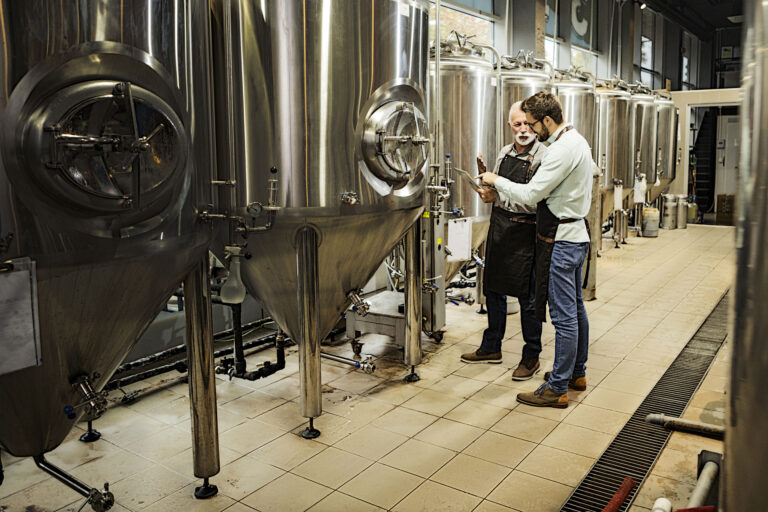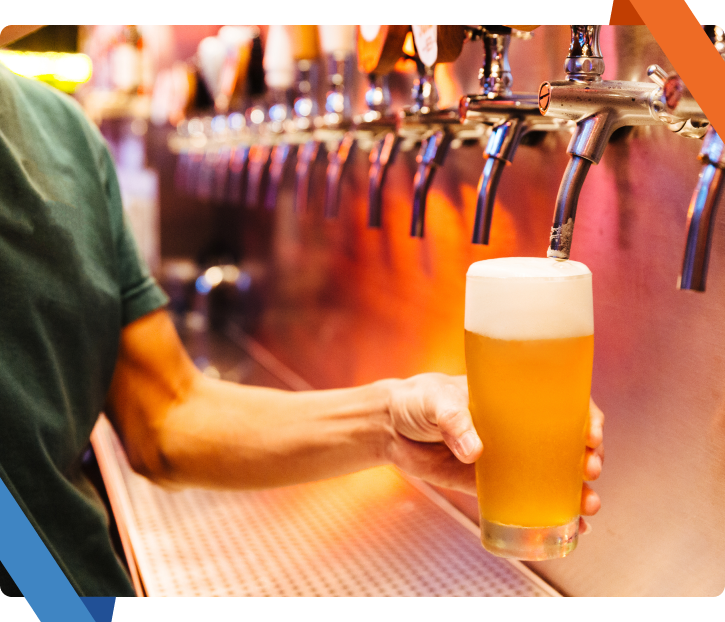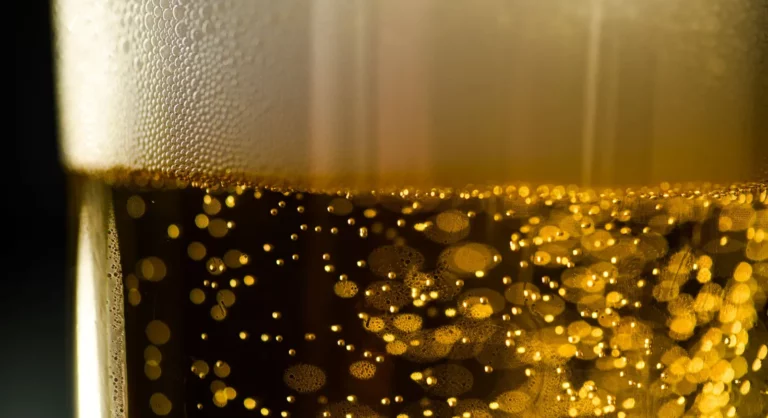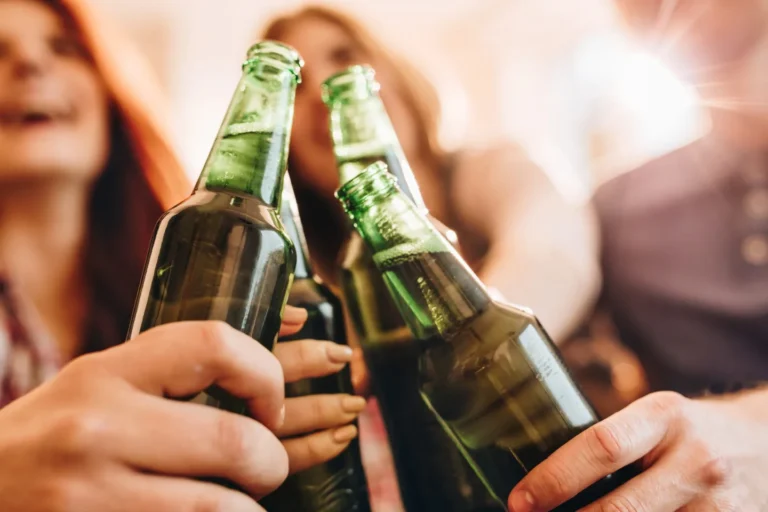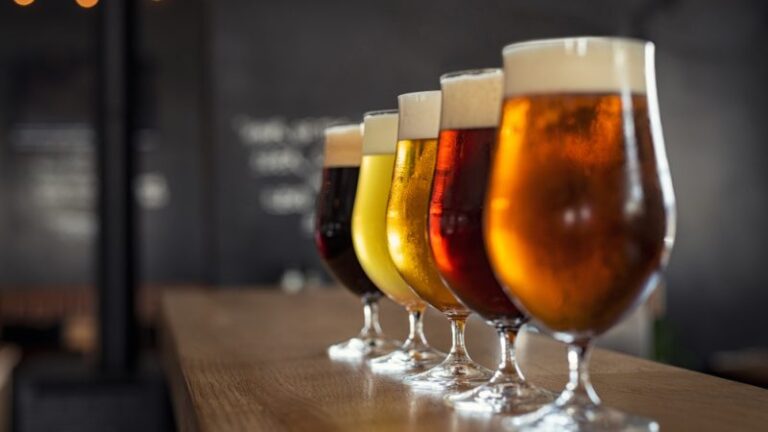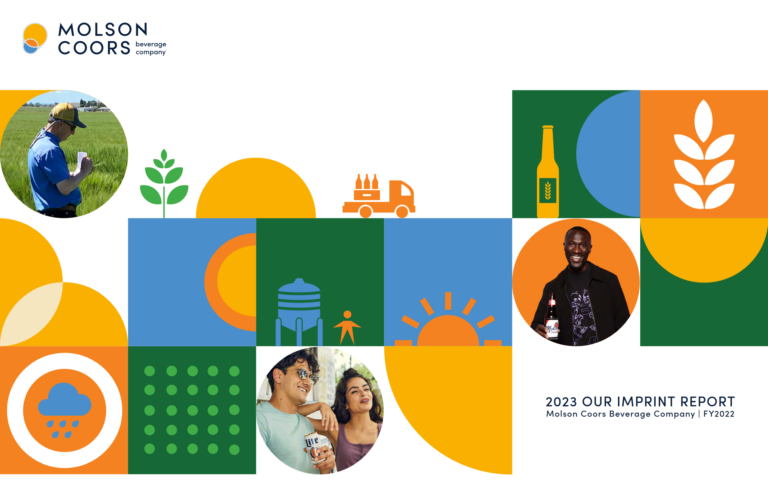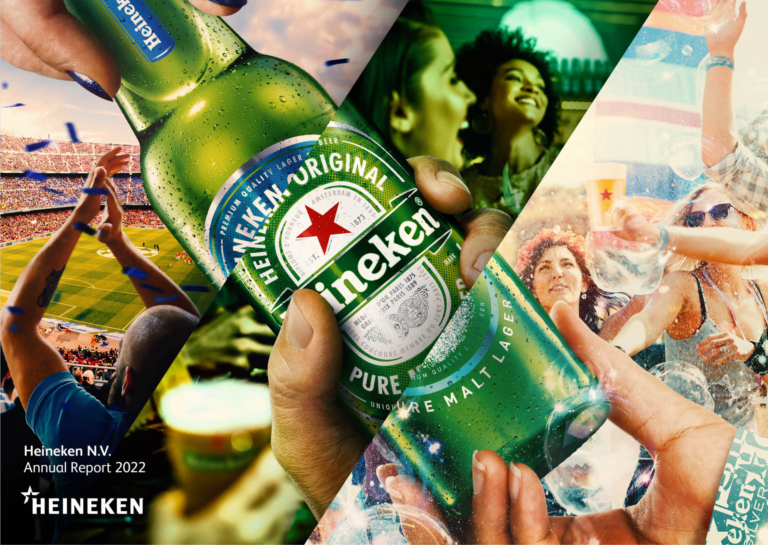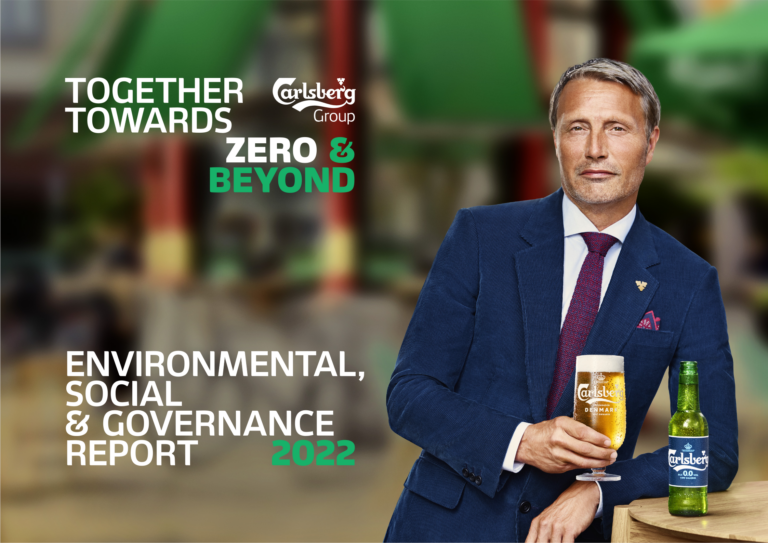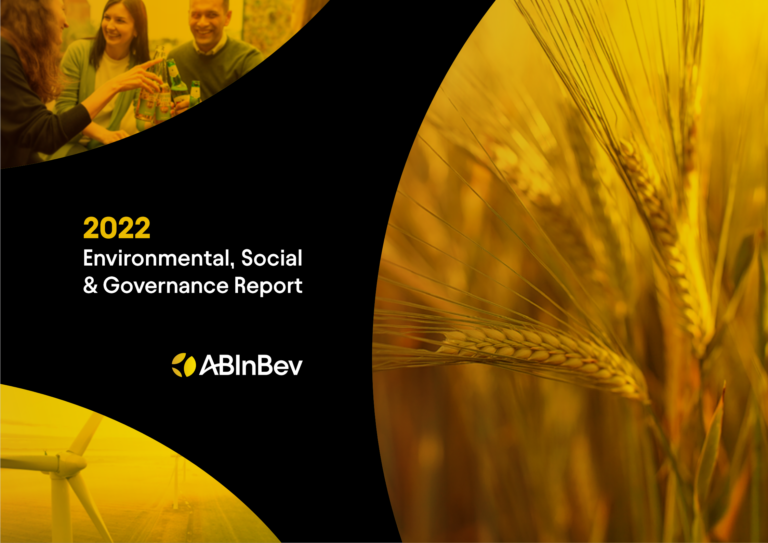Christian dahncke’s orders were simple. In the early 2010s the braumeister of Paulaner, a German brewery founded in 1634, was tasked with improving the non-alcoholic version of the brand’s signature wheat beer to make a drink indistinguishable from the original. Mr Dahncke’s boss told him that he would taste the two beers blind.
Paulaner launched its non-alcoholic weissbier relatively early,in 1986. Demand for non-alcoholic beers was low; most early offerings were watery and unappealing. But booze-free brewing has improved markedly since then. The firm has frequently fiddled with its processes, particularly in the past ten years. And these days it faces stiff competition. Sales of non-alcoholic beer still pale in comparison with full-strength’s $317bn global market. But brewers are clearly tapping into something. The size of the non-alcoholic beer industry has risen by 60% in five years to $8bn, according to Euromonitor International, a research firm. Western Europe, and (grouped together) the Middle East and Africa, are the two biggest markets. Many brewers now make booze-free counterparts to their flagship brands. Some, including America’s Athletic Brewing, sell nothing but non-alcoholic beer. How are these drinks made, and what explains their growing success?
First, a definition. “Non-alcoholic” beer can in fact contain alcohol: up to around 0.5% according to American and European rules. (Orange juice can contain similar levels.) But the offerings from many big brands claim to be completely alcohol-free. To get there, brewers use a “de-alcoholising” process. They begin by brewing their beer in the normal fashion (adding yeast to “wort”, a sugar-rich liquid extracted from steeped grains, and letting it ferment), before gently boiling off the ethanol. Paulaner uses vacuum distillation, which causes the ethanol to evaporate at lower temperatures, so that the beer retains as much flavour as possible. Other firms use fine filters to isolate the water and ethanol from the flavour compounds. They then distil the alcohol and reunite the water with the flavourings.
De-alcoholisation is expensive: ten years ago Paulaner spent €4m ($5.1m) installing an evaporator. Power and upkeep add to the cost. Some craft brewers opt for a cheaper method, arresting or slowing fermentation before the yeast converts the sugars in their wort to ethanol, so that the final product contains 0.5% alcohol or less. But these methods are trickier to get right than de-alcoholisation: brews can easily be too sweet or too watery. And without ethanol, an excellent preservative, the beer must be pasteurised. (Many big beers are pasteurised, but if the drink is kept cold and consumed reasonably quickly, it isn’t necessary.) The device many brewers use to pasteurise their sterilised bottles or cans does not suit kegs, so storing beer on draught requires different technology. Some beer lines—the tubes that connect kegs to taps—are insulated to keep the drink cold and can freeze the alcohol-free liquid.
When done right, both approaches can pay off. Today’s non-alcoholic beers are far tastier than the insipid brews of yesteryear. But in America non-alcoholic beer has had to overcome not only flavour challenges but a huge image problem, says Garrett Oliver, the master brewer of Brooklyn Brewery. To opt for a booze-free bottle was often taken as a sign of a drinking problem.
That seems to be changing. More than 80% of people who buy non-alcoholic versions of drinks like beer also buy booze, according to Nielsen, another research firm. The American market, though small, is growing rapidly: between 2018 and 2022 the total volume of non-alcoholic beer sold there increased by 92%, according to Euromonitor. This year Heineken 0.0, the country’s bestseller, will run a 30-second Super Bowl ad. Its last spot, timed with Dry January, starred Paul Rudd, an actor, sipping a boozeless brew while working. “Don’t judge me,” he says to a detractor, spinning the bottle. “Alcohol-free.”
